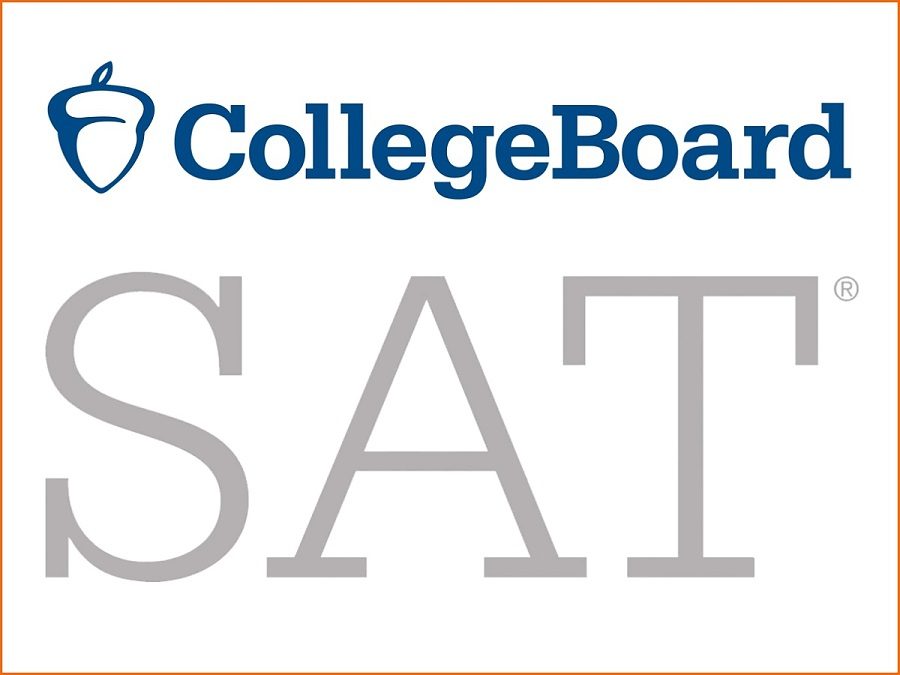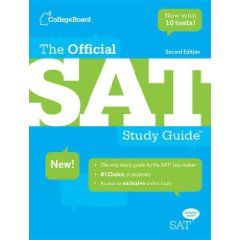Preparing for the SSAT doesn’t have to be overwhelming. With the right strategies and consistent practice, you can approach this important test with confidence. This comprehensive guide will walk you through proven study tips and techniques to help you excel on the SSAT and take a significant step toward your academic goals.
Understanding the SSAT: Your First Step to Success
The Secondary School Admission Test (SSAT) serves as a gateway to prestigious private and independent schools across the country. Before diving into specific study strategies, it’s essential to understand what you’re up against.
The SSAT comes in three levels:
- Elementary Level: For students in grades 3-4 applying to grades 4-5
- Middle Level: For students in grades 5-7 applying to grades 6-8
- Upper Level: For students in grades 8-11 applying to grades 9-12
Each level tests core skills in:
- Quantitative (Math): Problem-solving and numerical reasoning
- Verbal: Vocabulary and verbal reasoning
- Reading Comprehension: Understanding and analyzing written passages
- Writing Sample: An unscored essay that schools review
Understanding the test structure is your foundation for effective preparation.
Create a Strategic Study Schedule
Success on the SSAT begins with organized preparation:
- Start Early: Begin studying at least 2-3 months before your test date
- Consistency Matters: Short, regular study sessions (30-45 minutes daily) are more effective than occasional cramming
- Balance Your Focus: Allocate more time to challenging sections while maintaining practice across all areas
- Build in Review Days: Periodically revisit material to reinforce learning
- Schedule Full Practice Tests: Take complete practice tests under timed conditions every 2-3 weeks
A well-structured study plan eliminates last-minute panic and builds confidence progressively.
Verbal Section Mastery Strategies
The verbal section assesses your vocabulary knowledge and ability to understand relationships between words.
Vocabulary Building:
- Learn Word Roots: Understanding Latin and Greek roots helps decode unfamiliar words
- Use Flashcards: Create digital or physical flashcards for daily review
- Group Words Thematically: Learn related words together to strengthen associations
- Read Extensively: Regular reading of quality material naturally expands vocabulary
- Use New Words: Incorporate newly learned words into your writing and conversation
Analogies:
- Identify the Relationship: Always articulate the exact relationship between the first pair of words
- Create a Sentence: Form a sentence that explains the relationship before looking at answer choices
- Practice Common Relationship Types: Focus on part/whole, cause/effect, synonyms, antonyms, and function relationships
Quantitative Section Success Tactics
The math section tests your problem-solving abilities rather than advanced concepts.
Math Preparation:
- Master the Fundamentals: Ensure solid understanding of arithmetic, algebra, geometry, and data analysis
- Learn to Estimate: Develop quick estimation skills for checking answers
- Practice Mental Math: Speed up calculations by working on mental math techniques
- Understand Common Question Types: Focus on frequent patterns in SSAT math questions
- Create Formula Sheets: Compile essential formulas and properties for quick reference
Problem-Solving Tips:
- Read Problems Carefully: Identify exactly what the question is asking
- Draw Diagrams: Visualize word problems through simple drawings
- Work Backward: For some problems, start with answer choices and test them
- Look for Patterns: Many SSAT math questions test pattern recognition
Reading Comprehension Strategies
Strong reading skills are crucial for both the reading comprehension section and overall test success.
Active Reading Techniques:
- Preview the Questions: Glance at questions before reading passages to focus your attention
- Read with Purpose: Look for main ideas, author’s tone, and key details
- Use Annotation: Underline or note important points (if permitted in your test format)
- Map Passages Mentally: Create a mental outline of each paragraph’s purpose
- Practice Various Text Types: Familiarize yourself with narrative, expository, and persuasive passages
Question Approach:
- Identify Question Types: Learn to recognize main idea, detail, inference, and vocabulary-in-context questions
- Return to the Passage: Always verify answers in the text instead of relying on memory
- Eliminate Wrong Answers: Use the process of elimination to narrow your choices
- Watch for Extreme Language: Answers with absolute terms (always, never) are often incorrect
- Learn Self-Editing: Practice identifying and correcting your common writing mistakes
Test-Taking Strategies for SSAT Day
Strategic test-taking can significantly improve your score.
General Approaches:
- Understand Scoring: Know that wrong answers result in a penalty (except at the Elementary Level)
- Manage Your Time: Allocate minutes per section and use a watch to stay on track
- Know When to Skip: Learn to recognize when a question will take too much time
- Apply Process of Elimination: Even partially eliminating wrong answers improves guessing odds
- Mark Your Test Booklet: Use it for calculations, eliminations, and notes
Mental Preparation:
- Practice Under Test Conditions: Simulate the test environment during practice sessions
- Develop Stress-Management Techniques: Learn deep breathing or visualization to manage test anxiety
- Get Proper Rest: Ensure good sleep the week before the test, not just the night before
- Prepare Test Day Materials: Have admission ticket, ID, approved calculators, and pencils ready
Utilizing Resources Effectively
The right resources can maximize your preparation effectiveness.
Quality Materials:
- Official SSAT Guide: Always start with materials from the test creators
- Reputable Prep Books: Choose well-reviewed, current SSAT preparation books
- Online Practice Tests: Use digital practice to simulate the computer-based test experience
- Tutoring Options: Consider one-on-one help for challenging areas
- Study Groups: Form or join a group for motivation and collaborative learning
Tracking Progress and Adjusting Your Approach
Monitoring your improvement helps maintain motivation and refine your strategy.
Progress Monitoring:
- Keep Detailed Score Records: Track performance by section and question type
- Analyze Mistakes: Understand why you missed questions, not just which ones
- Celebrate Improvements: Acknowledge progress to stay motivated
- Adjust Study Plans: Modify your focus based on performance data
- Take Regular Practice Tests: Use full-length tests to gauge overall progress
Conclusion
Mastering the SSAT requires commitment, strategic preparation, and consistent practice. By understanding the test format, creating a structured study plan, and implementing the targeted strategies outlined above, you’ll build both the knowledge and confidence needed for success.
Remember that preparation for standardized tests also builds valuable skills for your academic future. The disciplined study habits and test-taking strategies you develop now will serve you well throughout your educational journey.
Start your SSAT preparation today with a clear plan and positive mindset. Your future academic success begins with these important steps!
If you practice for the paper test, you can grade your bubble sheet and get the detailed diagnostic report using online tools. Socrato also offers bubble sheet grading and detailed diagnostic reports for official SSAT guide tests.
To learn the strategies to Ace’s the exams you can also download free ebook “Strategies to Prepare SSAT in an Effective Way”










